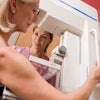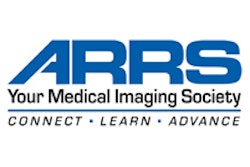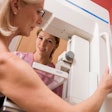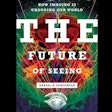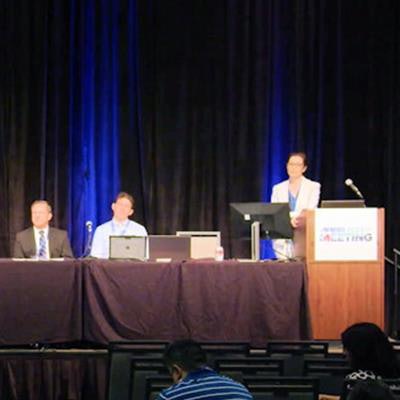
Remote work in radiology is here to stay, according to a panel discussion on physician wellness held on April 18 at the American Roentgen Ray Society (ARRS) annual meeting in Hawaii.
"In order to treat patients well, radiologists need to be well themselves," said session moderator Dr. Christine Glastonbury, a neuroradiologist at the University of California, San Francisco, in her opening remarks.
Radiology was already experiencing a shortage of radiologists and high rates of burnout before the COVID-19 pandemic, according to studies. While COVID-19 made things worse, the pandemic required many departments to implement remote work strategies for the well-being of staff and to keep abreast of imaging workflows.
Today, among many new radiologists, these opportunities are simply expected, Glastonbury said. On the other hand, existing staff may see remote work as a path to improved wellness -- essentially as a catalyst to include more "being" and less "doing" in their lives. Ultimately, strategies for remote work plans can turn conversations about potential resignations into conversations about career recalibrations, she said.
"Like a compass, we all require recalibration sometimes," Glastonbury said.
For departments newly implementing hybrid work programs, Dr. Brandon Brown of Indiana University noted that being transparent with nonradiology colleagues is key. Implementing remote work "can send a message that we're doing what's best for us only, not best for collegiality," he said.
Get together with oncologists and surgeons you work with, Brown suggested, and have honest discussions about how these colleagues may be impacted when radiologists are offsite. The ultimate goal is to forge interdependence and to share a joint mission around caring for patients, he added.
Of course, the reality is you need people on site, said Dr. John Leyendecker of the University of Texas Southwestern Medical Center. One approach is to identify people who physically like to be at work, as this can stem feelings of inequity, he said. Also, importantly, if you are newly establishing a wellness committee to take up these issues, make sure the committee has a strong and clearly defined goal, he added.
"Otherwise, they may talk and then disband within a short period of time," Leyendecker said.
Leyendecker also responded to an attendee who asked how to incentivize more radiologists to work onsite. Striving for fairness is key, he said. Radiologists who work onsite are going to produce lower relative value units (RVUs) than remote staff, yet both are needed. In his department, Leyendecker said the idea of shared RVUs has been discussed, for instance.
 Panelists at an April 18 session at the American Roentgen Ray Society annual meeting discussed strategies for implementing remote work programs.
Panelists at an April 18 session at the American Roentgen Ray Society annual meeting discussed strategies for implementing remote work programs.Other panelists included Dr. Elainea Smith of the University of Alabama at Birmingham and Dr. Ralph Drosten, a radiologist in private practice in Phoenix, AZ.
Smith emphasized foremost that individuals need a forum for their voice to be heard, as this is key to job satisfaction. She said she joined her department's wellness committee when the department was establishing a remote work program.
"I know personally a few people left because they want to work from home," she said.
Among the biggest changes was providing staff with more autonomy by allowing them to control their scheduling, even for just two or three days a week. This flexibility allows people to feel more valued, which also increases satisfaction, she said.
However, if you're a new graduate considering a full-time work-from-home reading job, think again, Drosten suggested. In 2015, there was a glut of radiologists in the market, and now, most departments are facing a shortage. Now may be a good time to find a department that will be truly a good fit, he said.
"How it is today may not be how it is in five years. Find something that's good for you, as it could tighten up," Drosten said.



